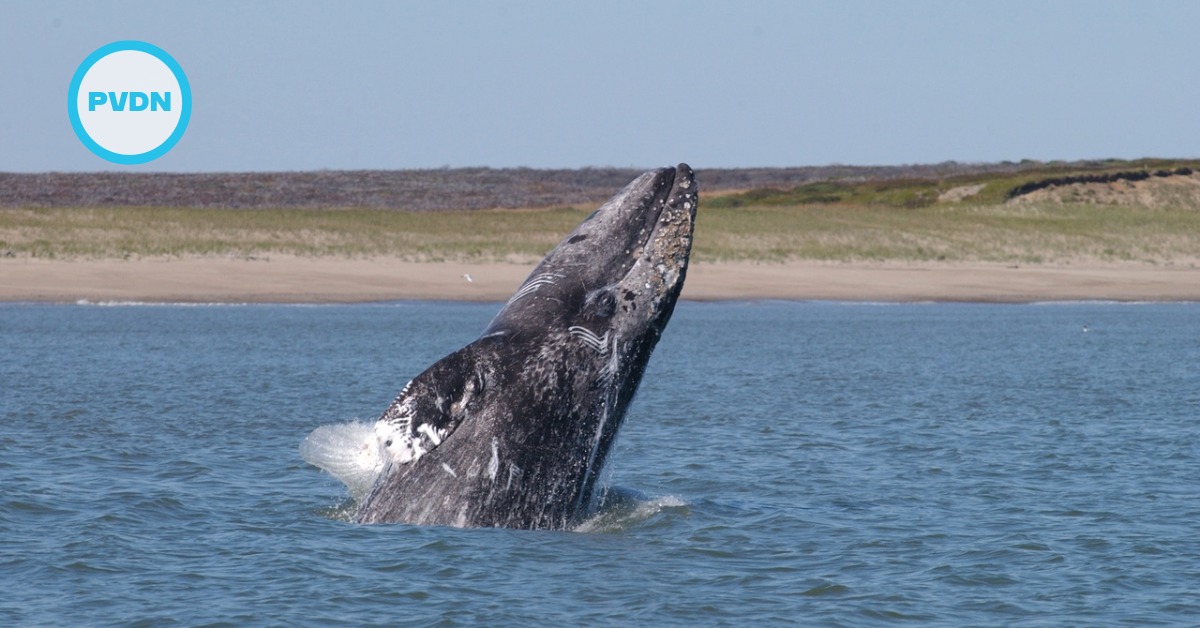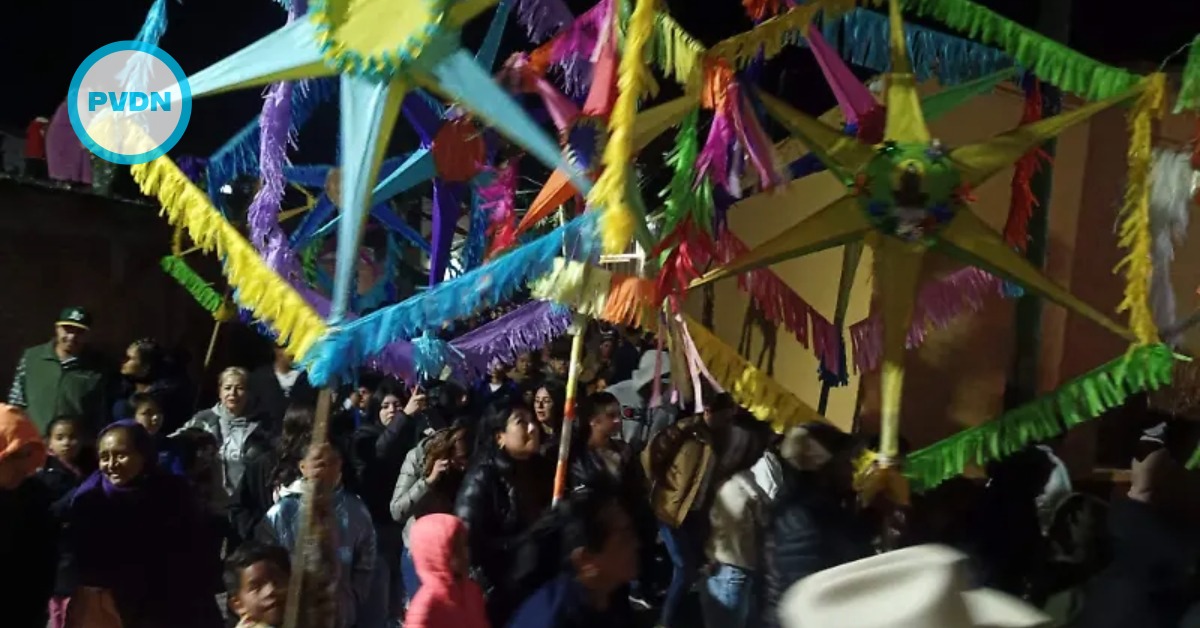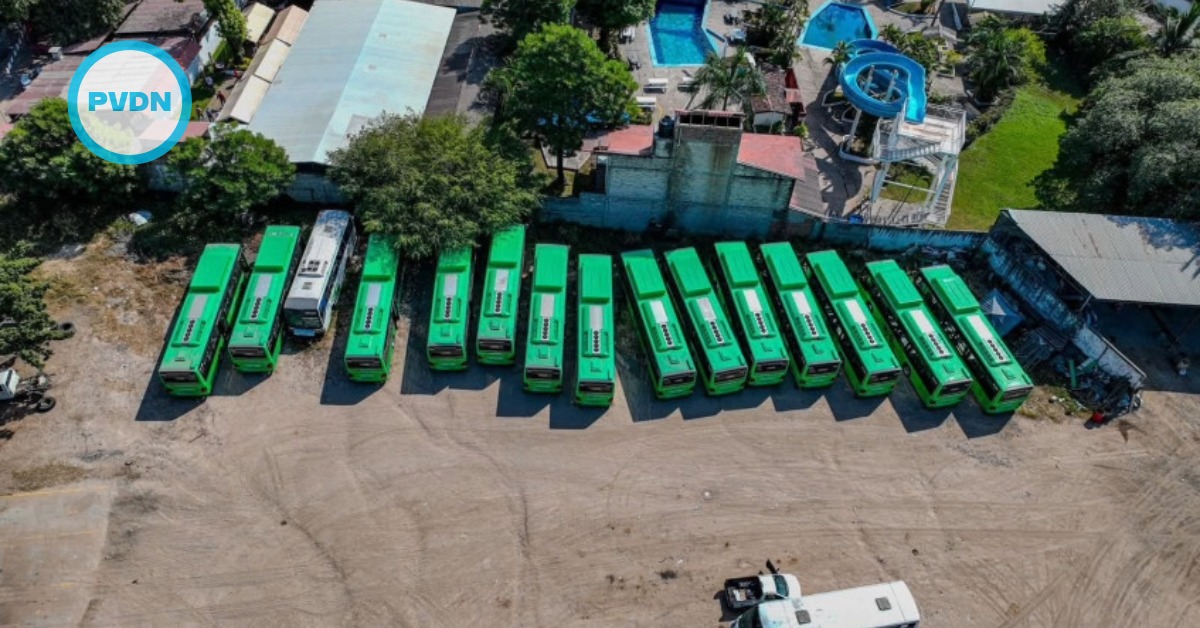Representatives of Mexico’s indigenous people have issued a new declaration and announced upcoming mobilizations to further their cause.
Unveiled on August 9, the UN-celebrated International Day of the World’s Indigenous People, the declaration followed a week-long meeting between the Zapatista National Liberation Army (EZLN) and National Indigenous Congress (CNI) in the southern Mexican border state of Chiapas.
Detailing 29 points, the Declaration of the Plundering of Our Peoples blasted the Pena Nieto Administration, big corporations and capitalism in general for threatening the culture and survival of indigenous peoples.
Couched in historical terms that reference the sacrifices . . .






